Title: Can I Play?: Using Lego® as a 3D Teaching Aid
Author: Julie Irish, University of Minnesota
Orthographic projection: words to strike fear into any new interior design student (or their instructor). As educators each teaching a freshman interior design studio we noted that every year students had difficulty understanding the concepts of plan, elevation, and section. Previous studio activities to help explain these concepts included drawing a shoebox (uninspiring and unsuccessful in showing section) and a cupcake (appetizing and appropriate for showing plan and section but less so elevation). To help students develop an understanding of orthographic projection a Lego® model of a house was constructed as a 3D teaching aid.
Title: The PDX Carpet: An interdisciplinary microhistory of design and culture
Author: Bryan Orthel, Kansas State University
Relevance / Problem Teaching design history as an interdisciplinary topic that is linked to design process is a difficult problem. A student might ask: How does the past inform how we should solve this problem in the present? Microhistories can demonstrate the relationship of one designed object to broader and societal issues. (Microhistories are focused explorations of single events, places, or individuals for the purpose of representing how a part relates to a whole.) As a result, the questions a designer asks about a current problem are compared to the parallel questions that a previous designer asked about a past problem. The problem, solution, and outcomes can be brought together for use in the contemporary setting. One such microhistory tells about the carpet in the Portland International Airport (PDX) terminal. This pecha kucha will share the history of the PDX carpet and how we can use microhistories like this in our classrooms.
Title: ‘Expect the Unexpected’ – The Program, Typology & Process in Interior Design Senior Studio
Author: Tina Patel, University of Minnesota
Pop-Up Retail shops have a tendency to pop up unannounced, invade public attention, and then disappear or morph aesthetically to a social phenomenon, shifting the retail experience towards a newer definition and surprise that galleries, theaters and Cirque du Soleil have been using for years. It’s about surprising consumers, who are increasingly used to massclusivity and planned spontaneity with temporary ‘performances’, guaranteeing exclusivity because of the limited timespan. Fashion retailers also use this temporary building typology as a way to increase the brand awareness with consumers through the use of experimental architectural/ interior /graphic design in surprising locations.
Title: kuh-lab-uh-rey-shuh-n (noun): Introducing collaboration into the design curriculum
Author: Erin Schambureck, Texas Tech University
Many university design programs are taught in silos of disciplines. Students participate in the Interior Design program or the Architecture program or Landscape Architecture, Graphic Design, Community Planning, etc. This makes it easy to standardize the requirements of the degree program and ensure that the graduates are qualified to become entry-level designers in their field. However this silo approach does not give students a real glimpse of what it is like to develop a project as part of a multi-disciplinary team. At one University this multi-disciplinary approach has been the core tenet of a much loved/hated course called Collaboration Studio. The goal of the Collaboration course is to introduce architecture, landscape architecture and interior design students to the process by which an interdisciplinary team accomplishes a design project.
Title: Why We Teach: Interior Design Matters
Roberto Ventura
Virginia Commonwealth University
Emily Smith
Virginia Commonwealth University
Angie Boersma,
Mills Construction [design+build]
Dana Vaux,
University of Nebraska – Kearney
Amanda Gale,
University of North Carolina at Greensboro
Katie Rothfield,
Florida International University
Jeff Nordhues,
University of Nebraska – Kearne
Khoi Vo,
Savannah College of Art and Design
Travis Hicks,
University of North Carolina at Greensboro
We have all been called to teach. The profession moves us in diverse and personal ways. We do so in an era full of challenges for higher education. With all of these issues confronting higher education, why do we choose the university life? In answering this question, seventeen interior design educators collaborated on an impassioned, personal account of their decision to choose the classroom. In spite of the structural difficulties facing academia, each one has committed themselves to challenge, guide, and encourage the artists, thinkers, and makers who will become the next generation of designers. This mass, collaborative Pecha Kucha is intended to be a reinforcement of the values these educators share with their colleagues across IDEC, a tribute to the mentors who have guided their pursuits, and a reflection on the joy – despite its attendant difficulties, frustrations, and obstacles – that is their (or more accurately, our) chosen profession. It aims to be a reminder of just Why We Teach: because Interior Design Matters.


















